Buy Prophecy, get a free gift with purchase:
The Revival of the 90’s Physical Modeling Sound
In the 1990s, PCM synths were at their peak, but club scene artists were already searching for a more flexible, analog sound, hinting at the coming analog revival of the 2000s.
It was in this context that the Prophecy was announced in 1995, offering more flexibility and timbral capabilities than ever before heard. Defined by the cutting edge digital signal processing technology and a DSP chip formerly used exclusively for effects processing, the Prophecy Solo Synthesizer is now available as a software plugin, with the ease of use, polyphony, and modern features necessary for today’s music production.
A Further Evolution in Expression
KORG Collection - Prophecy, a legendary physical modeling synthesizer developed with the aim of offering freedom of expression beyond analog synthesizers and unprecedented sound creation possibilities, has evolved even further in its expressive capabilities. In version 1.5, the quirks of the hardware Prophecy can now be expressed even more precisely thanks to deeper creative input from the brilliant minds in the original Prophecy development team.
Version 1.5 also adds 180 new programs. This unique sound collection brings out the individuality of the Prophecy, ranging from fresh, software-only sounds to those that pay homage to the original Prophecy and pushes monophonic sound design to all new levels. Please enjoy the new programs created with the participation of the original Prophecy sound designers.
Equipped with Oscillator Models from the MOSS Synthesis Engine
Prophecy for Mac/Win uses software to fully reproduce the original Prophecy’s MOSS (Multi-Oscillator Synthesis System) and is equipped with five of the seven total oscillator types.

Standard Oscillator for Analog Synth Sounds
This is a simulation of analog synth oscillators and is also equipped with Pulse Width Modulation (PWM), expanding the timbral capabilities beyond what is normally possible in analog.

Noise + Comb Filtering
This oscillator extracts tone components from white noise. Contrary to what some might think, this algorithm is capable of more than just noisy sounds. It offers a wide range of possibilities, from synthy basses to strings.

VPM (Variable Phase Modulation)
VPM creates rich harmonics by modulating the phase of a signal. The carrier’s phase is changed by the modulator, and the resulting signal is processed by the wave shaper, resulting in sounds with high frequency content.

Cross / Ring / Modulation and Sync
This oscillator is designed to replicate analog oscillators modulating one another. As a result, it can produce chiming, metallic sounds with rich harmonics like bells.

Physical Modeling
The physical modeling oscillator includes the three types below. All types feature the wide tonal range that is unique to physical modeling.
Brass Model Oscillator
This oscillator simulates brass instruments such as trumpets and trombones. It uses controllers like key velocity and mod wheel to modulate the strength of blowing into the mouthpiece, and can create performances that are similar to real brass instruments.
Reed Model Oscillator
This oscillator simulates woodwind instruments like saxophones and flutes. It uses controllers like key velocity and mod wheel to modulate the wind pressure, and can create performances that are similar to real woodwind instruments.
Plucked String Oscillator
This oscillator simulates plucked string instruments like guitar and bass. It can model different methods of picking the string, like using a pick or fingers, as well as modelling the condition of the strings, and the positions of strings that are played.
The sounds from each oscillator model can be processed using a nonlinear wave shaper. Using one of the two types, CLIP or RESO, the oscillator output can be completely mangled. The original waveform can also be mixed to make a wide range of sounds, from mildly processed to completely unrecognizable.
In addition to the oscillator and wave shaper sections, there is also a sub oscillator and noise generator. These different outputs can be independently combined in the two mixer sections for the two different outputs. The amp section can also be fed back into the corresponding mixer for even more tonal possibilities.
MOSS synthesis enables a very wide range of sound making. From the multi-oscillator Z1 synthesizer capable of polyphony and equipped with an X/Y pad, to TRINITY and TRITON’s polyphonic MOSS boards and even the OASYS and KRONOS, KORG’s physical modeling technology all started here, with the Prophecy.

Sound Programs that Cover a Wide Range of Style
There are 128 preset programs, broken up into 14 categories. There is also a category for user programs, a favorites bank for registering your most used sounds, and program change mapping. The two optional expansion cards sold for the original hardware are also available: ANALOG & VINTAGE, which features 64 analog-style bass, lead, and special effect sounds, and MODERN MODELS, which contains 64 programs of acoustic instruments that do not exist, wind instrument sounds, and sounds that take full advantage of the expressive capabilities of the synth.

GUI with a Focus on the Ease of Use Unique to Software
The Prophecy for Mac/Win GUI (Graphical User Interface) is divided into three sections: SYNTH, FX, and ARP. Each section is laid out logically to make sound creation as intuitive as possible.
Features
- Equipped with Oscillator Models from the MOSS Synthesis Engine.
- Two Signal Routing Paths Offer Incredible Variety.
- Sound Programs that Cover a Wide Range of Styles.
- GUI with a Focus on the Ease of Use Unique to Software.
System Requirements
Mac
- Mac OS X 10.14 Mojave or higher (latest update)
- Intel Core i5 or better (Core i7 or better recommended) (Apple Silicon Native supported)
- 8 GB RAM (16 GB or more recommended)
- 8 GB free disk space (SSD recommended)
- AU, VST, VST3, AAX (Supported 64bit plug-ins only)
- An internet connection is required
PC
- Windows 10 64bit or higher (latest update)
- Intel Core i5 or better (Core i7 or better recommended)
- 8 GB RAM (16 GB or more recommended)
- 8 GB free disk space (SSD recommended)
- VST, VST3, AAX (Supported 64bit plug-ins only)
- An internet connection is required
Please note: opsix native is used as an example.
PC
Activation
1. Download the installer file from your Plugin Boutique account. Run the KORG Software Pass .exe file
2. Click 'I accept the agreement' > Click 'Next >'.

3. Click 'Next >'.

4. Click 'Next >'.

5. Click 'Next >'.
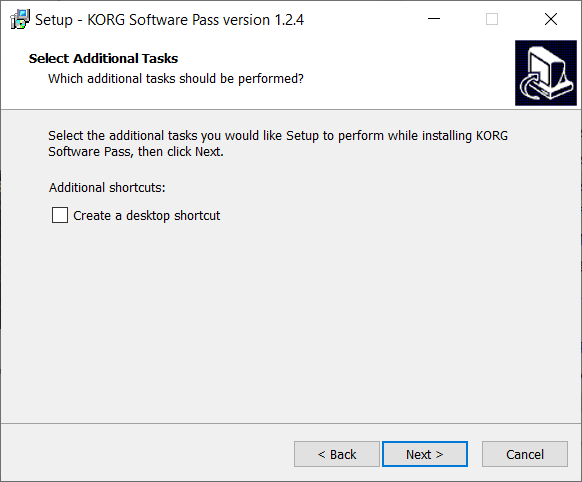
6. Click 'Install'.

7. Click 'Finish'.
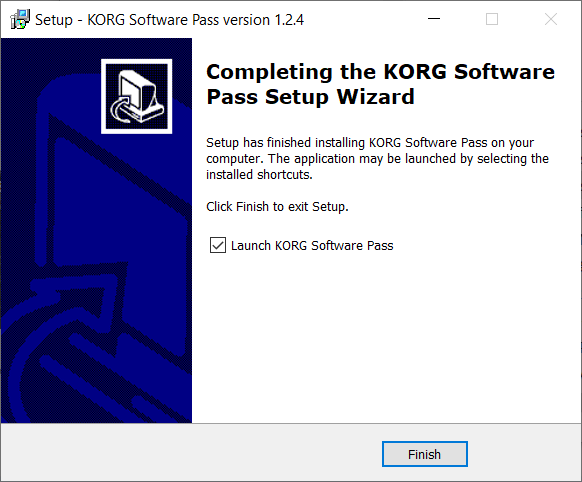
8. Open KORG Software Pass.
9. If you already have a KORG account, skip to step 12 > Click 'Don't have a KORG ID? Signup'.

10. Sign up for a KORG account by filling in your details.

11. Go to your email inbox and locate the email from KORG > Click 'Confirm my account'.

12. Go back to the KORG Software Pass > Click 'Login at KORG ID'.

13. Click 'Register new product'

14. Copy & paste/manually enter the licence key/serial code that is available in your Plugin Boutique account > Click 'Start'.

15. Locate opsix native in the list of products > Click 'Download'.

16. The software will automatically open the downloaded .zip file > Double click the opsix native .exe file.

Installation
1. Click 'I accept the agreement' > Click 'Next >'.

2. Click 'Next >'.
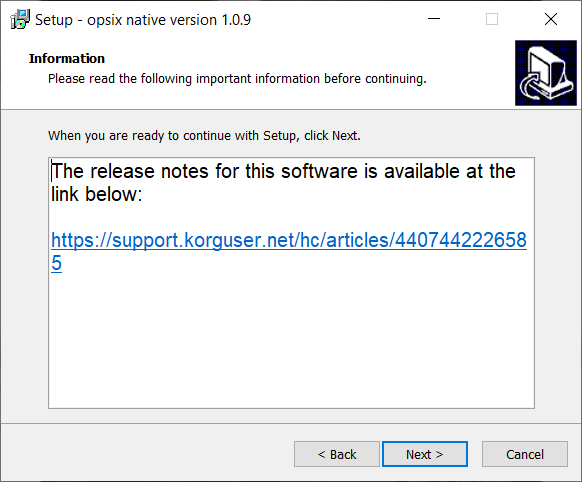
3. Click 'Next >'.

4. Click 'Next >'.

5. Click 'Install'.

6. Click 'Finish.
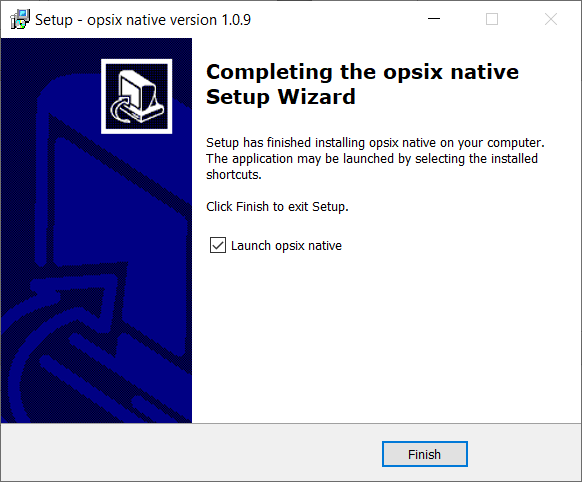
7. Open opsix native in your DAW or as a standalone program.
Your software is now activated and ready to use!
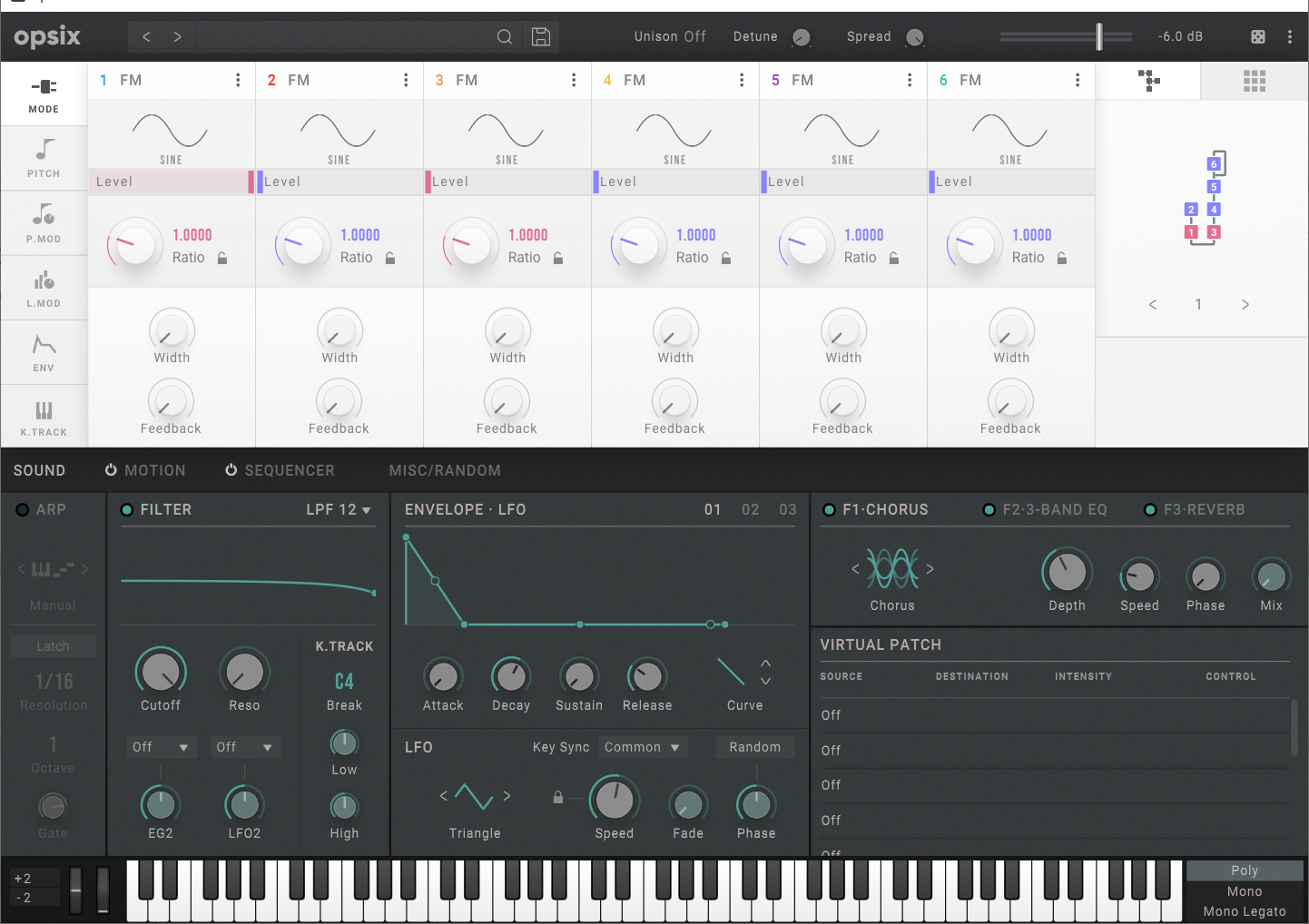
Mac
Activation
1. Download the installer file from your Plugin Boutique account. Run the KORG Software Pass .pkg file
2. Click 'Continue'.

3. Click 'Continue'.

4. Click 'Continue'.
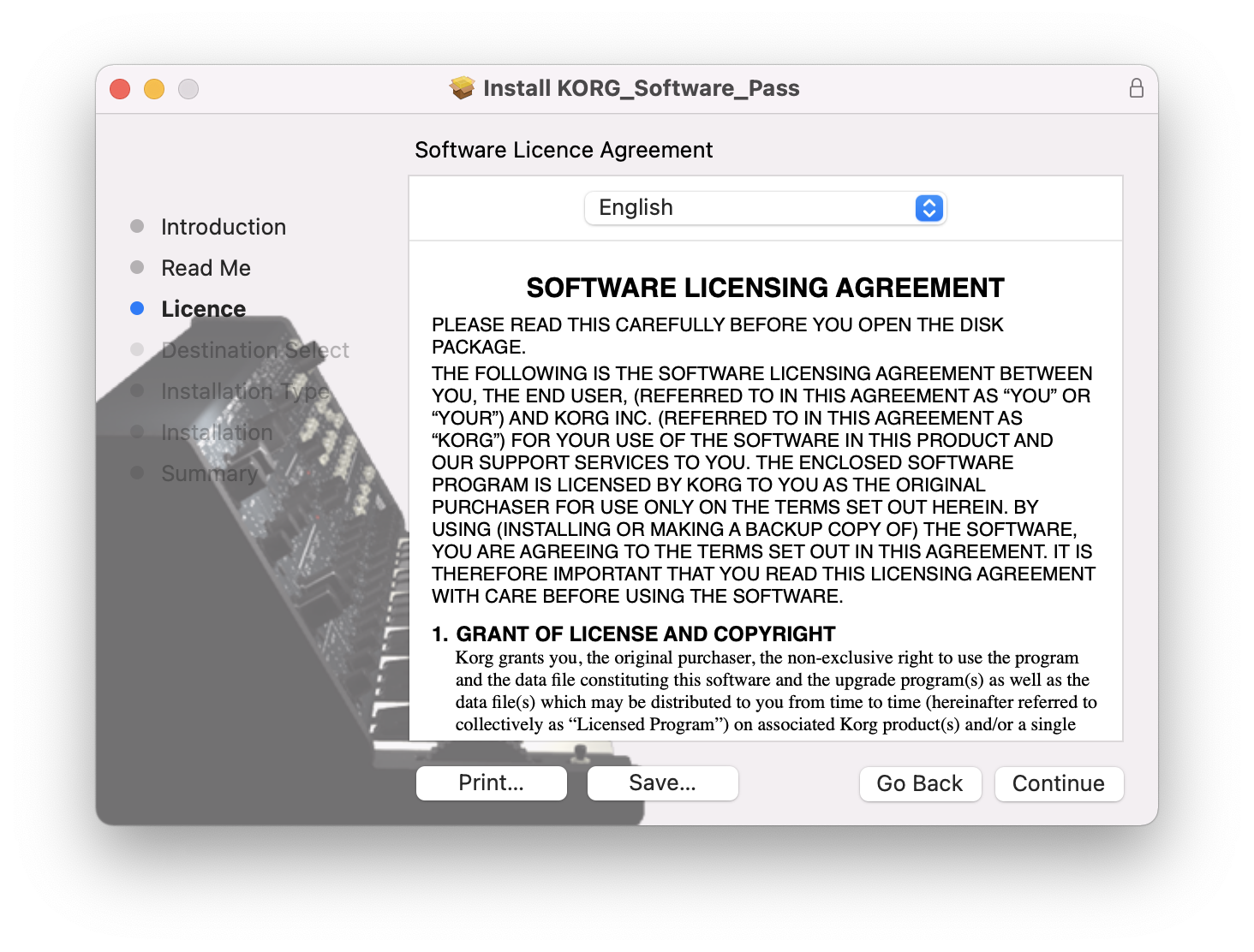
5. Click 'Agree'.
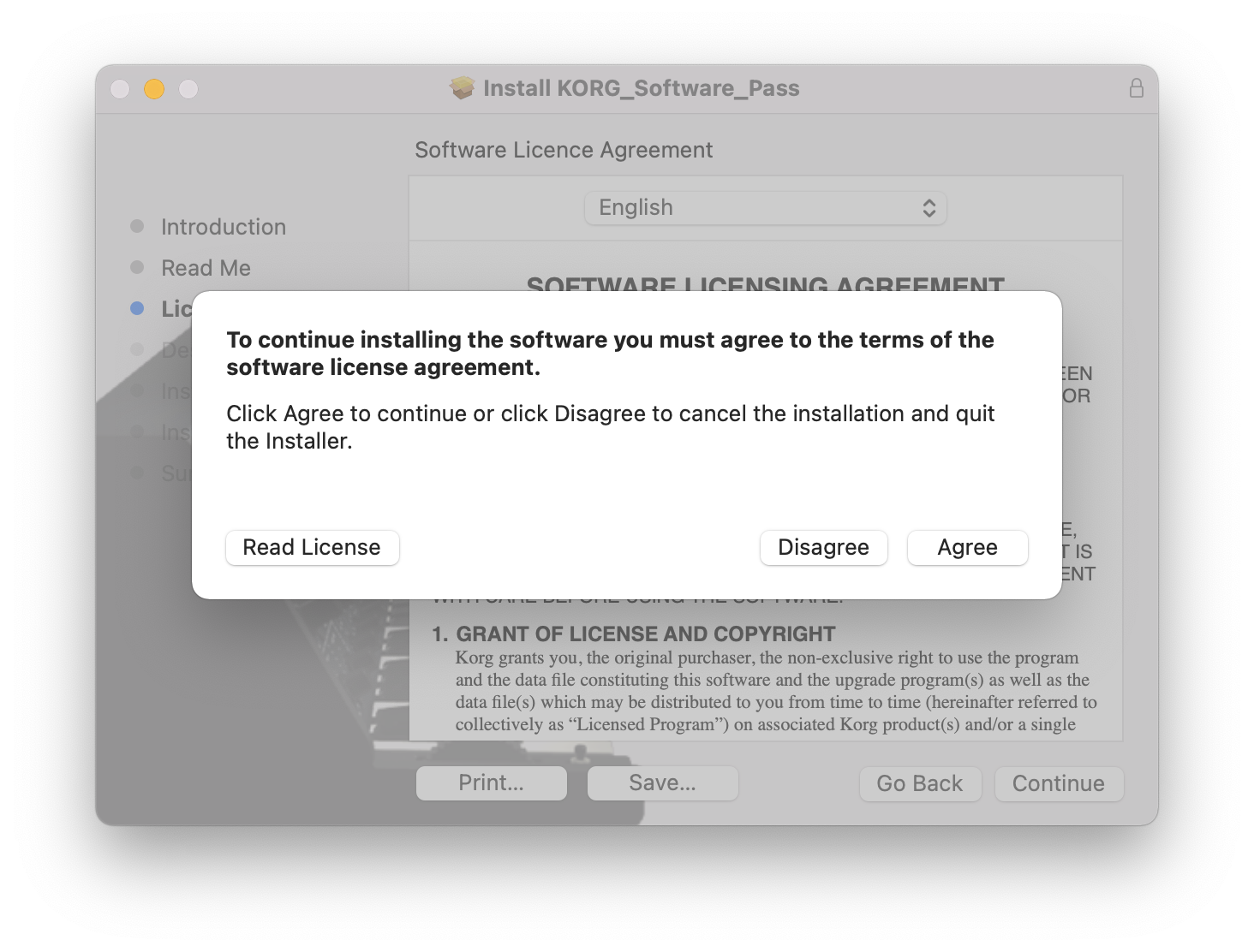
6. Click 'Install'.

7. Click 'Close'.

8. Open KORG Software Pass.
9. If you already have a KORG account, skip to step x > Click 'Don't have a KORG ID? Signup'.

10. Sign up for a KORG account by filling in your details.

11. Go to your email inbox and locate the email from KORG > Click 'Confirm my account'.

12. Go back to the KORG Software Pass > Click 'Login at KORG ID'.

13. Click 'Register new product'

14. Copy & paste/manually enter the licence key/serial code that is available in your Plugin Boutique account > Click 'Start'.

15. Locate opsix native in the list of products > Click 'Download'.

16. The software will automatically open the downloaded .zip file > Double click the opsix native .pkg file.
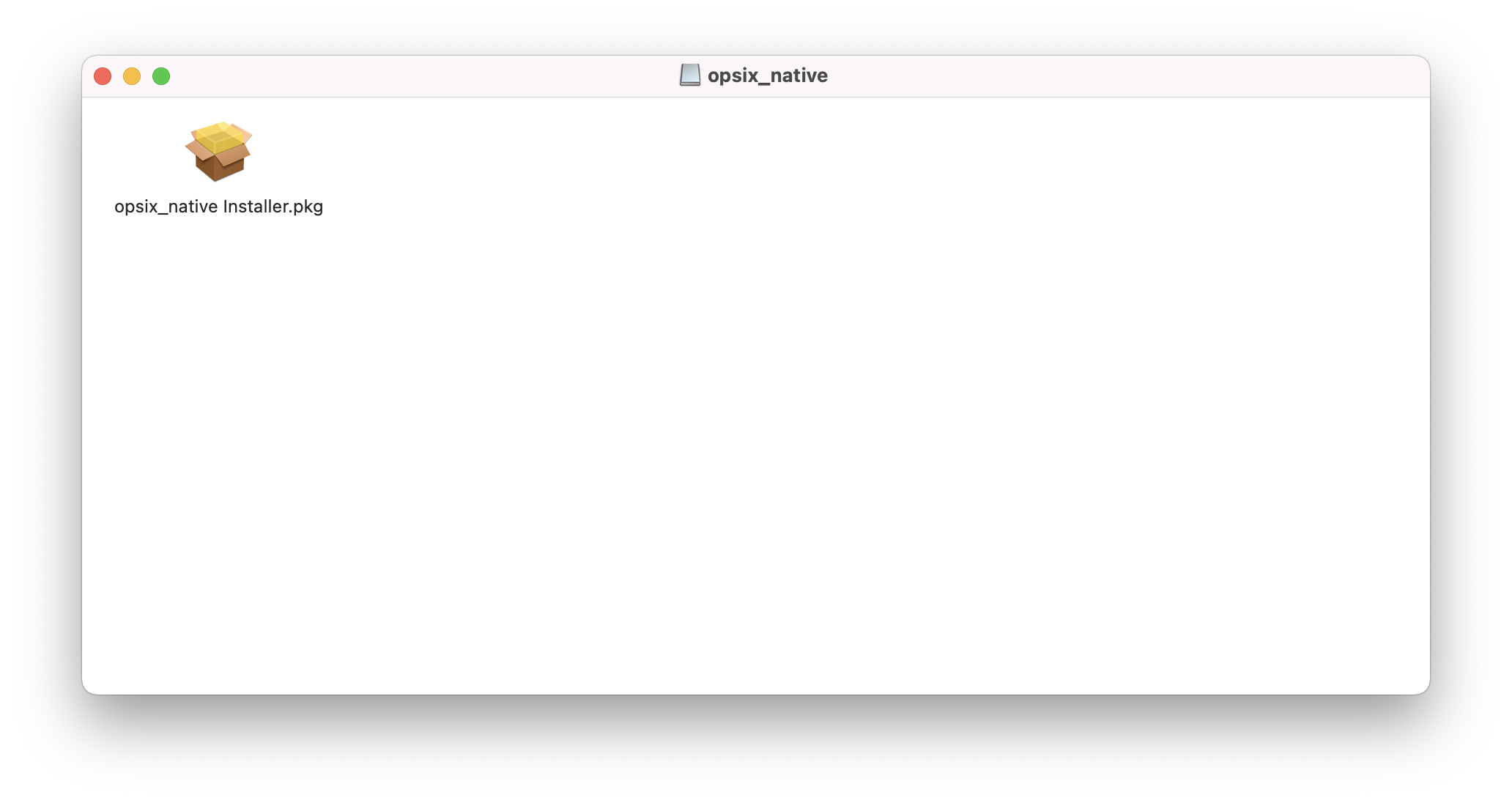
Installation
1. Click 'Continue'.

2. Click 'Continue'.

3. Click 'Continue'.

4. Click 'Agree'.

5. Click 'Install'.

6. Click 'Close'.

7. Open opsix native in your DAW or as a standalone program.
Your software is now activated and ready to use!

